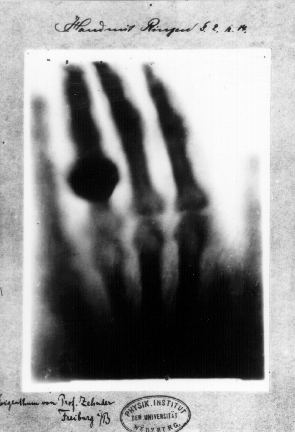A state-of-the-art X-ray method, which allows observation of molecular movement on a time scale that was previously unreachable

A state-of-the-art X-ray method, which enables the observation of molecular movement on a time scale that was previously unreachable, was developed by a team of researchers from The École Polytechnique Fédérale de Lausanne (EPFL) in Switzerland. The findings of the research, conducted under the leadership of Professor Majed Chergui, appear in the December issue of the prestigious scientific journal Science.
This discovery could grow promising avenues for the study of chemical and biological systems. It allows a better understanding of the structural changes that separates undergo during a chemical reaction. The researchers applied this discovery to the study of metal-based molecular conjugates, which are of great interest in chemistry and industry. The discovery opens up new avenues in biology as well, since the molecules studied are very similar to the active sites in hemoproteins such as hemoglobin and myoglobin.
It is possible to follow the fall of a cat on its feet in "real time" using a camera with an aperture - times on the order of tens of milliseconds. In order to do this also for mares, which are one hundred thousand million times smaller than cats, a faster time-shrinkage of one hundred thousand million more is necessary - a few tens of femtoseconds (the ratio between a femtosecond and a second is equivalent to the ratio between a second and 32 million years).
Although there are lasers that allow such shutter speeds, there is no optical method capable of directly observing the molecular structure. In order to overcome this limitation, the research team combined a laser source that provides radiation in the range of visible to ultraviolet light at a rate of femtoseconds with a similar source of X-ray radiation at the same rate to obtain the method known as "ultrafast X-ray absorption spectroscopy" X-Ray Absorption Spectroscopy). "Using these extremely short wavelengths of this rhythmic radiation, it is possible to observe changes in the molecular structure and consequently obtain accurate information regarding the breaking, creation and changes of chemical bonds between the various atoms. And all this - in real time," explains the researcher.
Thanks to the new method, the researchers were able to follow, in real time, the structural changes of Froda in one hundred and fifty femtoseconds. This method provides an excellent tool for examining reactions in liquids and disordered environments that characterize many chemical and biological systems.

One response
Promising and interesting.
(There are one million giga femtoseconds in a second)